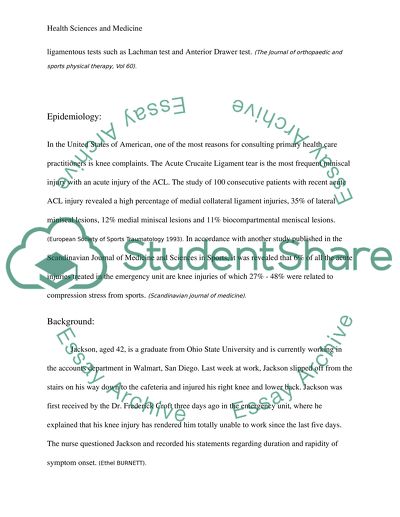Cite this document
(“Acute Knee Sprain Assessment Research Paper Example | Topics and Well Written Essays - 1250 words”, n.d.)
Retrieved from https://studentshare.org/health-sciences-medicine/1441531-acute-knee-sprain-assessment
Retrieved from https://studentshare.org/health-sciences-medicine/1441531-acute-knee-sprain-assessment
(Acute Knee Sprain Assessment Research Paper Example | Topics and Well Written Essays - 1250 Words)
https://studentshare.org/health-sciences-medicine/1441531-acute-knee-sprain-assessment.
https://studentshare.org/health-sciences-medicine/1441531-acute-knee-sprain-assessment.
“Acute Knee Sprain Assessment Research Paper Example | Topics and Well Written Essays - 1250 Words”, n.d. https://studentshare.org/health-sciences-medicine/1441531-acute-knee-sprain-assessment.


